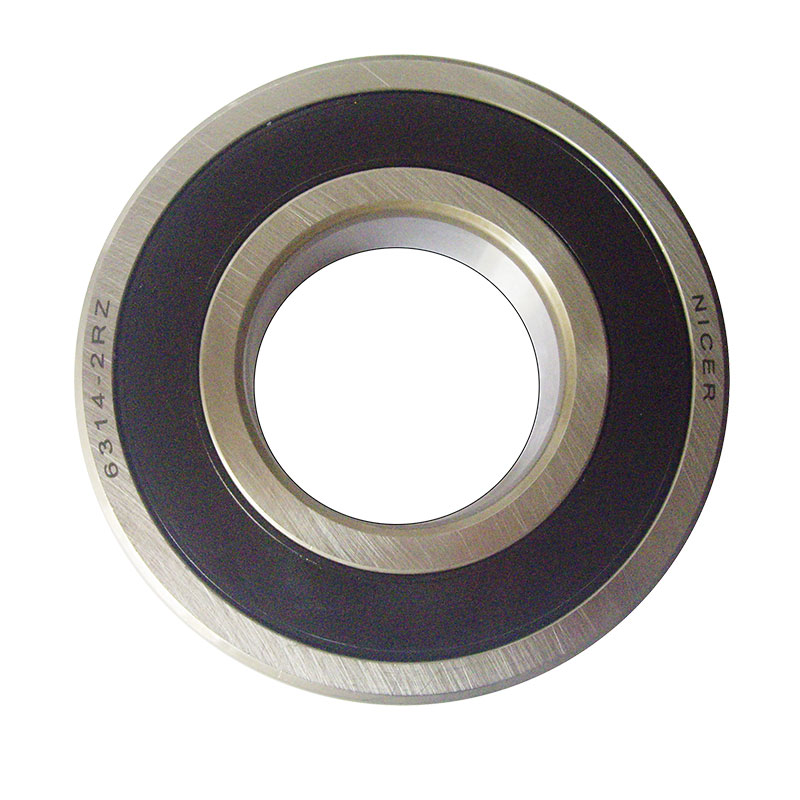Welcome to a comprehensive exploration of the common types of bearings used in electric motors. In the dynamic world of electric motors, the choice of bearings plays a pivotal role in ensuring optimal performance and longevity. In this guide, we delve into the intricacies of various bearing types, shedding light on their unique features and applications.
Deep Dive into Bearings
1. Ball Bearings: The Pioneers
At the forefront of electric motor technology, ball bearings are the unsung heroes. These cylindrical balls efficiently distribute the load, facilitating smooth rotation. Their low friction and versatility make them a staple in electric motor design. From miniature motors to heavy-duty industrial applications, ball bearings are the silent workhorses ensuring seamless operation.
2. Roller Bearings: Powerhouse Performers
Stepping into the limelight, roller bearings offer enhanced load-carrying capabilities. With cylindrical or tapered rollers, they handle radial and thrust loads with ease. Electric motors operating under heavy loads and high-speed conditions often rely on roller bearings to maintain stability and precision.
3. Thrust Bearings: Navigating the Force
When it comes to managing axial loads, thrust bearings come to the rescue. Electric motors, especially those dealing with variable loads and directional forces, benefit from the specialized design of thrust bearings. These bearings are tailored to handle axial loads, ensuring optimal efficiency and longevity in motor operations.
4. Spherical Roller Bearings: Embracing Flexibility
In the quest for versatility, spherical roller bearings take center stage. Their unique design accommodates misalignment and shaft deflections, making them ideal for electric motors where conditions might not always be picture-perfect. Spherical roller bearings contribute to the durability and adaptability of electric motors in diverse operating environments.
5. Needle Roller Bearings: Precision in Motion
Precision meets efficiency with needle roller bearings. In electric motors requiring compact design and high load capacity, these bearings shine. Their slender cylindrical rollers navigate confined spaces, making them indispensable in applications where space is at a premium.
Factors Influencing Bearing Selection
Selecting the right Electric motor bearing involves considering various factors:
Load Requirements
Understanding the load conditions your electric motor will face is paramount. Different bearings are engineered to handle specific load types – radial, axial, or a combination of both.
Speed Considerations
The speed at which an electric motor operates is a critical factor. Bearings are designed with specific speed ratings, ensuring they can withstand the rotational forces without compromising performance.
Environmental Conditions
Operating environments vary widely. Bearings must withstand factors such as temperature, humidity, and contaminants. Choosing bearings with appropriate seals or shields safeguards the motor in challenging conditions.
Maintenance Tips for Prolonged Efficiency
Ensuring the longevity and efficiency of electric motors involves proactive maintenance. Consider the following tips:
Regular Lubrication
Proper lubrication is the lifeblood of bearings. Follow manufacturer recommendations for lubrication intervals and use the recommended lubricants to minimize friction and wear.
Vibration Monitoring
Implementing vibration monitoring systems allows early detection of issues. Unusual vibrations can signal misalignment or impending bearing failure, enabling timely intervention.
Temperature Control
Monitoring and controlling operating temperatures is crucial. Excessive heat can degrade lubricants and reduce bearing life. Adequate ventilation and cooling mechanisms should be in place.
In conclusion, the world of electric motors relies heavily on the meticulous selection and care of bearings. From the precision of needle roller bearings to the versatility of spherical roller bearings, each type contributes uniquely to the smooth functioning of electric motors.
Understanding the specific requirements of your motor, considering load, speed, and environmental conditions, empowers you to make informed choices. Regular maintenance ensures that your electric motor operates at peak efficiency, reducing downtime and enhancing overall performance.

评论
发表评论